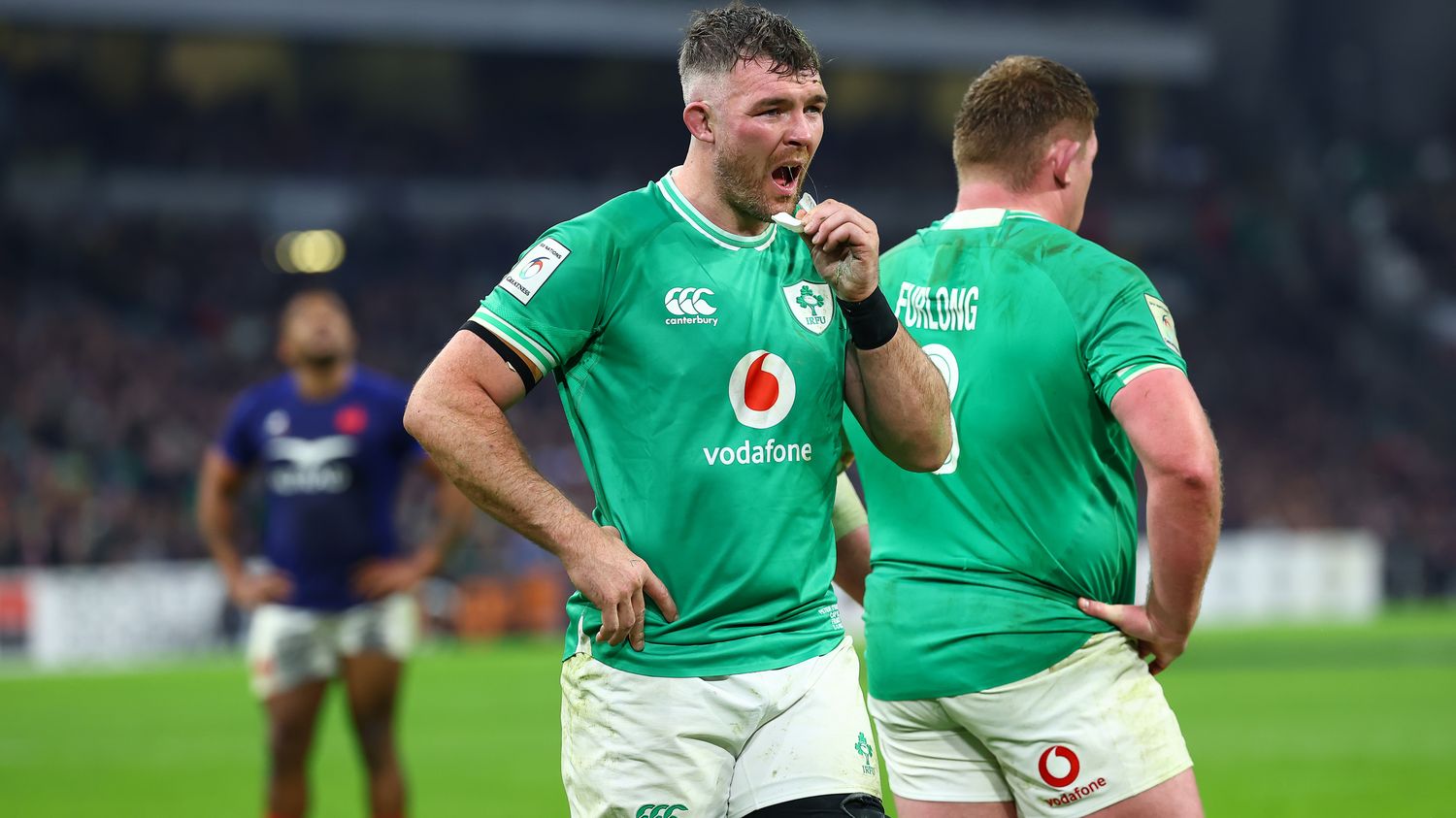Everything you need to know about concussion in athletes, particularly in contact sports such as rugby, boxing, judo but also football. Details from Doctor Martin Ducret.

Published
Reading time: 238 min

Martin Ducret, doctor and journalist at Doctor’s Daily, speaks to us today about concussion, this head trauma common in the sporting environment, particularly in contact sports such as rugby, boxing, judo but also in football. Moreover, the former international footballer, Raphaël Varane, recently testified that he was a victim during the 2014 World Cup.
franceinfo: What exactly is a concussion?
Martin Ducret: It is a mild brain injury, secondary to an impact to the head, which causes a sudden and transient disruption of brain functioning. It can occur during sports practice, but also in everyday life. This can range from a loss of consciousness for a few seconds – this is the famous knockout – to an alteration of balance, vision or even the ability to judge.
I would like to point out that loss of consciousness is present in less than 15% of concussions, and is therefore not mandatory to make the diagnosis. Then, in the hours and days after the trauma, the patient generally complains of symptoms, in varying number and intensity, such as headaches, dizziness, discomfort felt by light or noise, slowness, fatigue or even unusual emotionality…
Should brain imaging (CT scan or MRI) be systematically done in the event of a concussion?
No, because the imaging is normal in the vast majority of cases. It is only justified in rare situations where signs – such as prolonged alteration of consciousness, or increasing headaches, accompanied by vomiting – may suggest that the brain trauma is serious, with intracranial bleeding.
It is therefore essential that the person suffering from a concussion does not remain alone at home in the evening and night following the trauma to be monitored.
What is the treatment in the event of suspected or proven concussion?
For an athlete, the first instinct is to take him out of the playing area and refer him to a doctor. Then, if the diagnosis is made, the initial treatment is brain rest; time must be given to the brain to restore itself. So no activity requiring too much concentration. A work stoppage of a few days may be necessary, and prolonged exposure to screens should be avoided.
The day after the trauma, light physical activity can begin, and it may increase in intensity, depending on the evolution of the symptoms (walking then jogging). On the other hand, resumption of sport at risk of concussion must be authorized on medical advice, only after total disappearance of symptoms, and it will be done in progressive stages.
A too early and non-gradual recovery may cause a prolongation or reappearance of symptoms. But fortunately, when the instructions are followed, the symptoms generally resolve in less than a month. Otherwise, specialist advice is necessary. For more details on the subject, I invite listeners to consult the recommendations, recently published by the working group of the Ministry of Sports.
